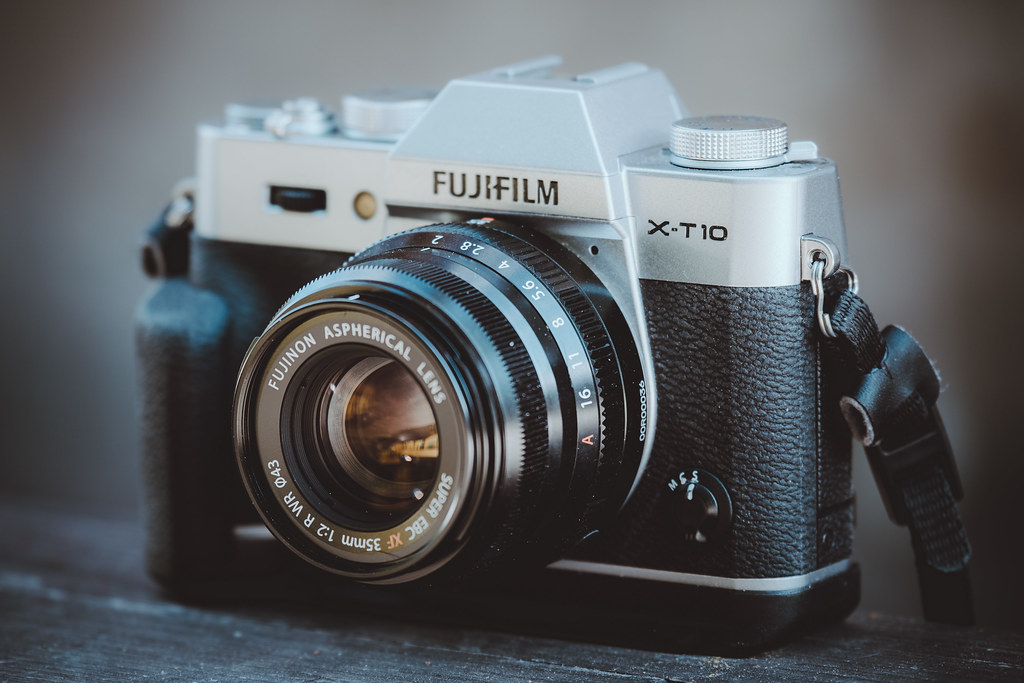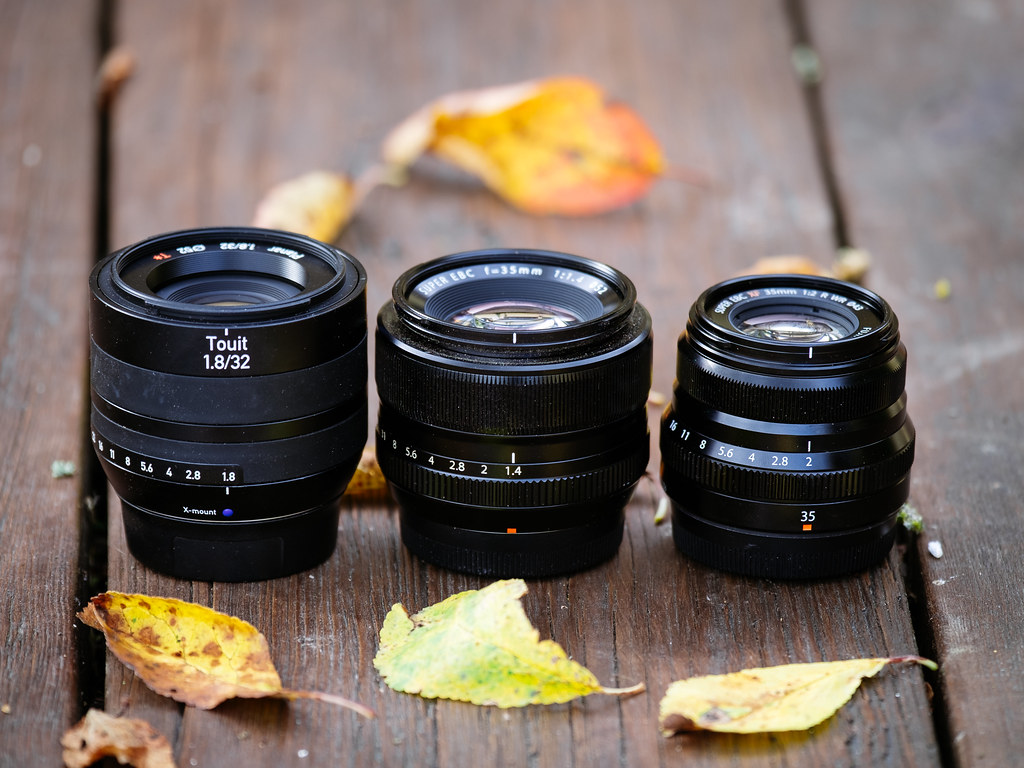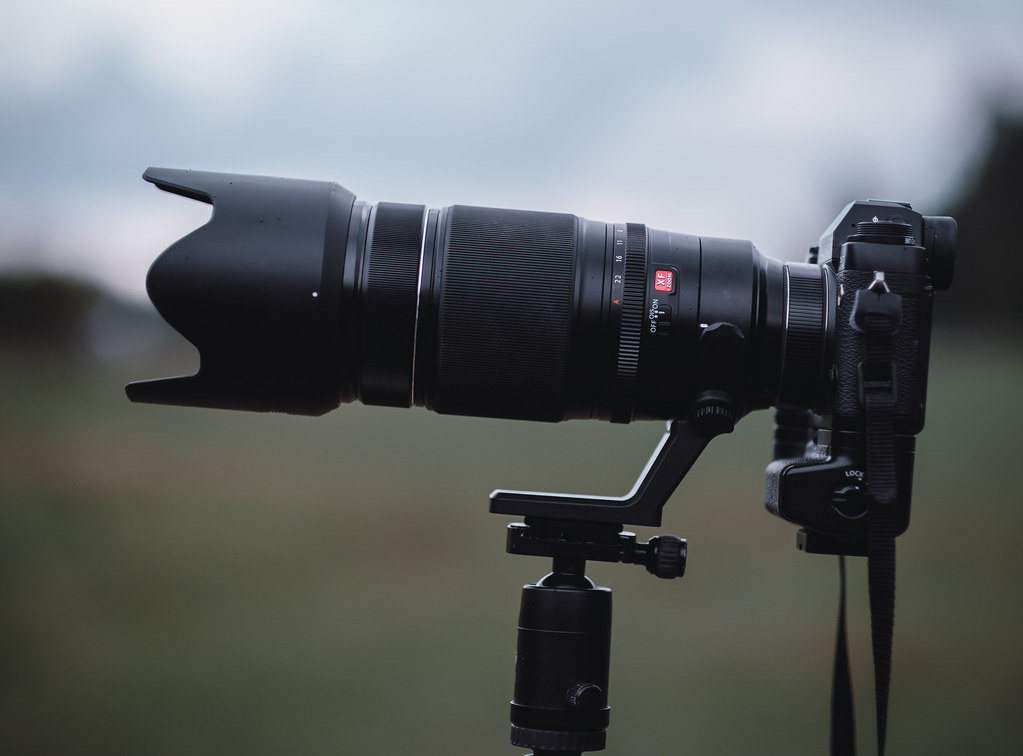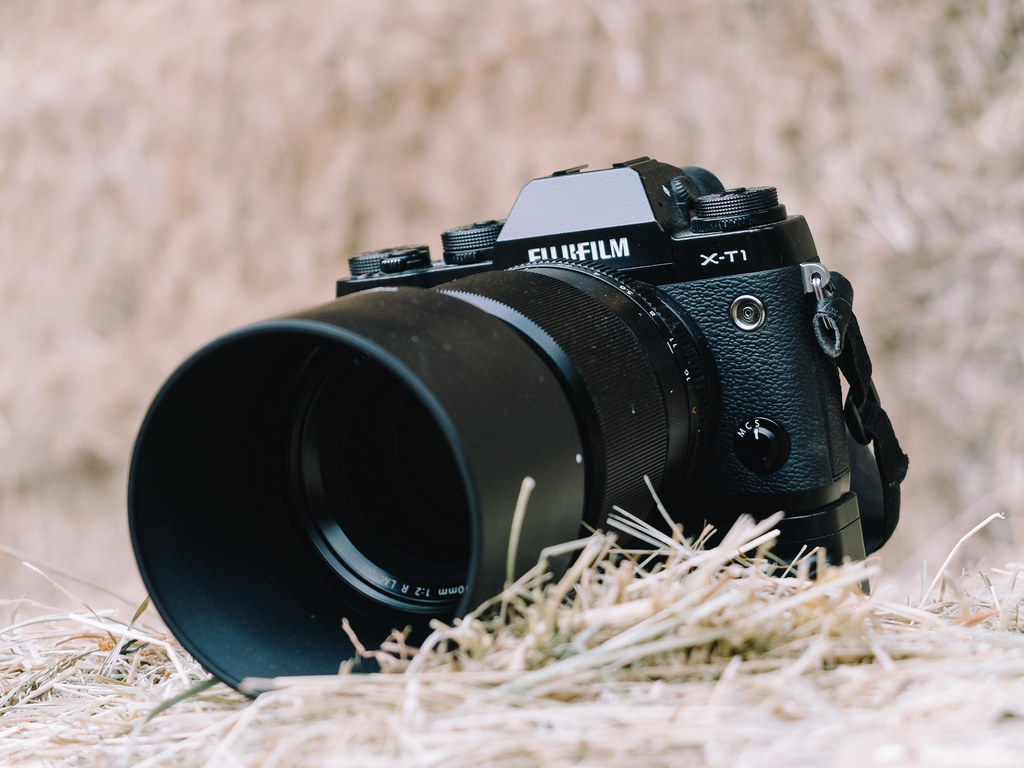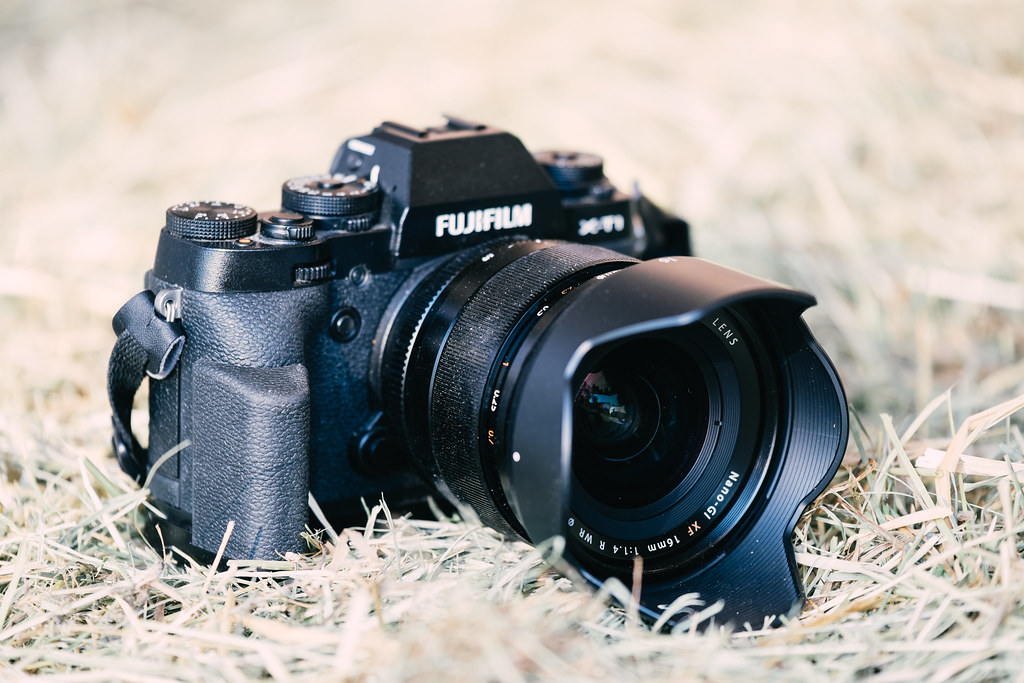First Look: Fujifilm XF35mmF2 R WR
_ _ _
First Look: Fujifilm XF35mmF2 R WR
Talk to Rico (open forum for questions & feedback)
Rico’s Books at Rocky Nook – Fuji X Secrets Workshops – Rico’s Flickr Sets
Rico’s XF35mmF2 R WR Full-Size Sample Images
—
X-T10 with optional handgrip and XF35mmF2 R WR
(shot with X-T1, XF50-140mmF2.8 R LM OIS WR + XF1.4x TC WR)
At first glance, adding a XF35mmF2 prime to an already existing lineup of XF35mmF1.4 and Zeiss Touit 1.8/32 offerings looks like an unusual choice. But then again, the new XF35mmF2 R WR is slimmer, lighter and less expensive than its internal competition. It’s also weather resistant and tailored to the hybrid viewfinder of the X-Pro1 (and its highly anticipated successor).
Size comparison: Zeiss Touit 1.8/32, XF35mmF1.4 R and XF35mmF2 R WR
(shot with X-T1, XF50-140mmF2.8 R LM OIS WR + XF1.4x TC WR)
Despite its attractive price tag, the XF35mmF2 R WR is made in Japan with a high build quality and an all metal exterior. The aperture ring may very well be the best I’ve ever encountered in an XF lens, and I also like the handling of the focus ring. To me, they feel “just right”.
X-T10, XF35mmF2 R WR, f/3.2, Lightroom
With 9 rounded aperture blades, the XF35mmF2 R WR delivers pretty smooth bokeh. The minimum focus distance (MFD) is 35cm, so you can get close to your subject. However, similar to the X100/S/T, shooting wide open at or near MFD can lead to some dreamy softness. It disappears as soon as you stop down to f/2.8 or f/3.2.

